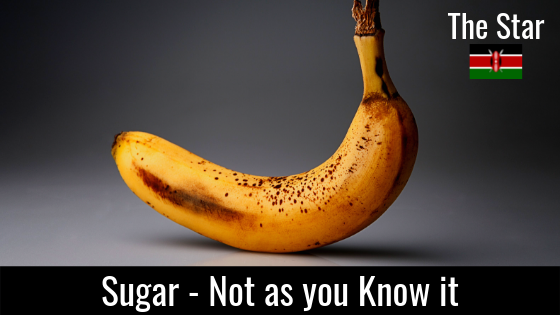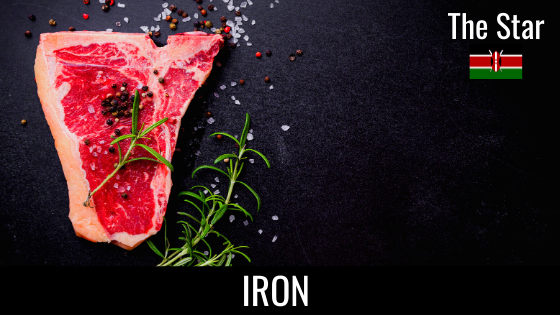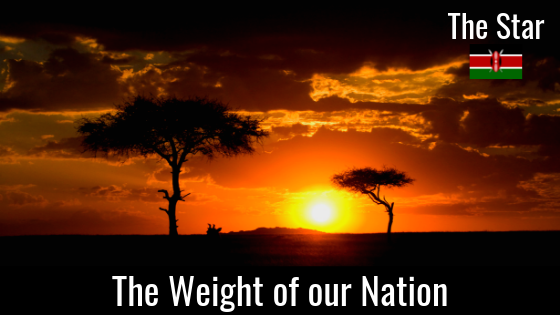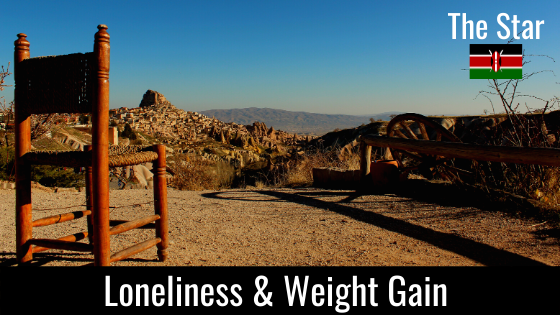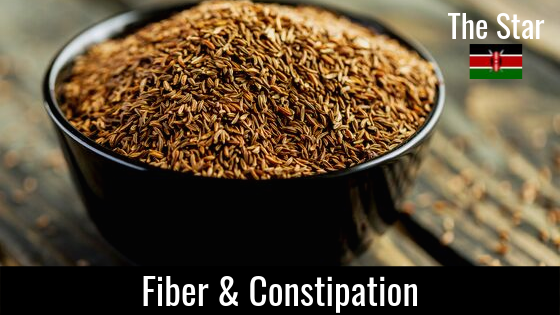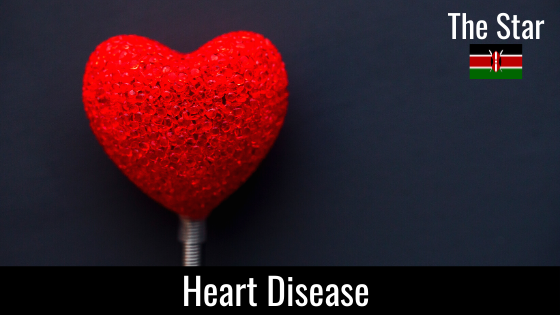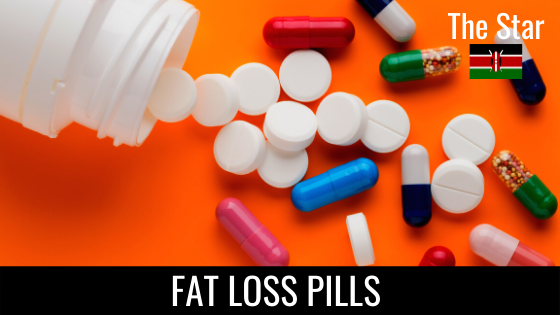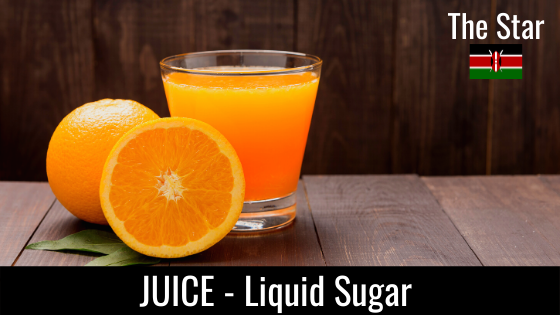Many Kenyans believe that fruit sugar is healthier than table sugar. Many more are unaware that chapatis and potatoes contain sugar. There remains a lot of confusion as to what sugar actually is. This banana is sugar. Not in the way you understand it, but in the way your body understands it, which is the only way that matters.
We speak of table sugar and blood sugar. Good sugars and bad sugars. Fruit sugar and added sugars. In order to comprehend why excessive sugar is so dangerous, and why we need to be concerned about its ubiquity in our diets, we need to first define it and then understand it.
Defining Carbohydrates
Carbohydrates are one of three types of food. The others are fat and protein. Carbohydrates can be divided into three categories; mono-saccharides (one sugar), di-saccharides (two sugars) and poly-saccharides (many sugars). Saccharide comes from the Greek word ‘sakkharon’, which means sugar. Sugars are, therefore, the building blocks of carbohydrates.
Glucose and fructose are some of the simplest forms of sugar, each containing only one sugar molecule. Sucrose (table sugar) and lactose (found in milk), each contain two sugar molecules. Starch and fiber contain thousands of glucose molecules, which is why they are often referred to as complex carbohydrates.
Glucose from bread is processed identically to glucose from fruit or chocolate.
The key point to note is that during digestion, all carbohydrates need to be broken down into simple carbohydrates, such as glucose, in order to be absorbed. In other words, when you eat a mandazi or a potato, you are actually eating glucose. These starchy foods consist of thousands of glucose molecules, linked together. These links are broken down by your body during digestion, releasing the glucose (sugar) molecules. Therefore, chapatis are broken down into glucose. The pineapple in your fruit salad will be broken down into glucose and fructose, as will the honey or table sugar in your tea. This is what needs to happen before they can be absorbed from your intestines into your blood.
Once absorbed into your blood, your body only ‘sees’ these simple sugars. Their origin is of no relevance. Glucose from bread is processed identically to glucose from fruit or chocolate. Fructose from fruit is processed identically to fructose from table sugar or honey.
Glucose is Glucose
You can now appreciate why there is no such thing as good or bad sugar. Sugar is sugar. Glucose is glucose. Fructose is fructose. These single molecules cannot be both good and bad at the same time. The key message is that once they are in your blood, your body cannot determine their origin, and their fate is not determined by their origin. In other words, you cannot expect your body to handle the fructose from honey any differently to the fructose from table sugar.
In my previous article, on Detoxing, I mentioned that sugar is a dose-dependent toxin. The key word here is dose. You might be thinking that ugali, potatoes and fruits have been eaten for decades by our ancestors, without apparent health consequences. This is true. But look at our current food environment. Observe the rise and rise in consumption of foods such as pasta, breakfast cereals, sodas, breads, cakes, pizza, ice-cream and other convenience foods. These foods are being eaten in addition to potatoes and chapatis.
You cannot expect your body to handle the fructose from honey any differently to the fructose from table sugar.
The quantities of refined carbohydrates, and therefore sugars, that our bodies are now being exposed to are colossal and unprecedented. These foods are wreaking havoc on our weight and appetite regulating hormones, setting off a chain of events that culminates in the diseases of modernity that we are now battling, such as type 2 diabetes and obesity. These foods are, clearly, not biologically suited to the human animal.
Some fruit juices may not contain added sucrose, but they still contain glucose and fructose, naturally. Those who avoid table sugar are often unaware of the hidden sugars in the food they eat. It could be hidden naturally, as in a banana, or added by a manufacturer, as in flavoured yoghurt. It may not always be immediately obvious that what we are eating contains sugar.
We are not what we eat, we are what we absorb.
The next time you are eating bread, remember that your body is ‘seeing’ glucose. It is not ‘seeing’ bread. We are not what we eat, we are what we absorb. There is a crucial distinction. This point matters because if you are trying to cut out sugar from your diet, then you need to cut out most carbohydrates. In other words, you cannot be on a zero-carb diet if you’re still eating chapatis and spaghetti. A good start to great health would be to, first, cut out all added sugars.
This article was published in The Star, Kenya, in print and online on 2nd September 2019.

